Editor's note: Dr. David Nghiem is a second-generation Vietnamese-American scientist, prominent in the fields of semiconductor microchips, wireless technology, and artificial intelligence (AI). He graduated from university with a degree in electrical and electronic engineering and continued to earn a PhD with in-depth research on wireless microchip technology. For more than two decades, he has held technical leadership positions at major corporations such as Harris, Qualcomm, Medtronic, and is the founder of Global Wireless Technology, a company specializing in developing technology applications in life and medicine .
He is also Associate Dean of Cullen College and Director of the Center for Telecommunications at the University of Houston. With 17 U.S. patents, Dr. Nghiem has contributed to innovative technologies such as wireless charging, biosensors, secure medical devices in MRI, and anti-terrorism technology. In 2016, he was honored with the IEEE Distinguished Engineer Award.
In 2002, he returned to Vietnam and founded “Talented Minds Agency”, an organization that trains and connects young talents, especially for Vietnam. Dr. Nghiem is a typical example of passion for research and dedication to the community.

“Simple, but highly effective”
Sir, why is training human resources to international standards considered a pillar in the development strategy of the semiconductor industry in Vietnam?
Dr. David Nghiem: In any high-tech industry, people are always the most important foundation. The microchip industry is no exception, but even requires higher quality human resources. This is an industry with extremely fast innovation speed, requiring specialized skills, updated knowledge and especially problem-solving thinking. Therefore, if Vietnam wants to master microchip technology, we cannot just focus on machinery or factories, but must start by investing systematically in people.
Training human resources to international standards will help Vietnam not only catch up with global trends, but also confidently participate in the high value chain of the semiconductor industry. A good engineer not only knows how to use current technology but also has the ability to create new technology. It is people like that who will help us move from being a processor to being a master.
- Your creative thinking is often referred to as “simple but highly effective”. Can you tell us which outstanding inventions in the microchip industry demonstrate this thinking?
I have always believed that the best solutions are the ones that are simple yet effective. In IC design, often just changing a small detail in the signal path layout can make a big difference in performance.
For example, in 1990, I discovered that some paths in microchips act as unwanted antennas, causing interference and wasting energy. I researched, simulated and proposed solutions to control this phenomenon, contributing to improving transmission efficiency, which is especially important as chips become smaller and frequencies become higher.
Another example is the design of the iPhone 4. When I discovered that the antennas around the phone were causing heat, draining battery, and slowing performance, I emailed Steve Jobs and suggested repositioning the antennas. The result was the iPhone 5, which had exactly the design I had proposed. This is a clear example of how simple, focused thinking can make a big difference.
So, besides the inventions that have been applied to the iPhone mentioned above, are there any other inventions that have been recognized in the US, sir?
In addition to the typical example mentioned above, I also have a number of other inventions that have been patented and widely applied in the microchip industry in the US. These inventions all revolve around the principle of "minimizing the problem but maximizing the efficiency".
Most of my inventions focus on antenna systems for wireless medical devices, typically pacemakers, implantable devices inside the body that can connect to smartphones or peripheral devices. Thanks to that, doctors can monitor the health status of patients remotely and make timely treatment decisions, contributing to saving patients' lives.
Another prominent application is a diabetes monitoring and treatment sensor device, which is attached directly to the skin. This device is capable of automatically activating the insulin injection system when it detects that the patient needs to supplement. These devices are designed based on the principle of simplicity, efficiency and the ability to filter out interference from other systems. The design process requires absolute precision to ensure the safety of the user, because even a small mistake can affect life.
One of the highlights of my inventions is their compatibility with MRI (magnetic resonance imaging) machines. In medicine, MRI is a modern diagnostic imaging tool but has a high risk of exposure to metal objects and electromagnetic waves. Before an MRI scan, patients often have to remove all objects such as rings, dentures, etc. With implanted medical devices — especially those with antennas such as wireless pacemakers — the problem becomes more serious, because the MRI antenna can damage the electronics in the pacemaker, leading to danger for the patient.
In many cases, patients are forced to undergo surgery to remove the device from their body before an MRI scan. Based on that reality, I have researched and developed technology to help my medical devices “hide” from MRI waves, thereby minimizing risks and helping patients to be diagnosed safely without invasive intervention.
In short, what I want to emphasize is: innovation does not have to be complicated. A simple invention, if it hits the core of the problem, can create huge changes, even revolutions. The important thing is to always look deeply into the problem and ask: “Is there a simpler way?”
You always emphasize the spirit of self-study and independent research in the process of doctoral training and global technology integration. How do you understand that spirit, sir?
When I was doing my PhD in the US, I soon realized that no one can “take you by the hand” on your research journey. Doing research is a journey of discovering what no one has ever known, not of learning from others. You have to be the first to ask questions, experiment, fail, and then start all over again.
Therefore, self-study, independent thinking and discipline are required if you want to go far. I always emphasize to Vietnamese students that: teachers can guide, friends can give advice, but no one can do everything for you from A to Z. You must take full responsibility from the moment you have an idea until you defend your thesis. The deeper you go into the field of microelectronics, the more you need to think like an independent scientist.
- In the context of limited technology infrastructure in Vietnam, why do you encourage starting with simple, effective designs?
Modern microchip technology infrastructure requires huge investments, billions of dollars for a chip foundry (fab). Meanwhile, if we choose the path of designing microchips or simple integrated systems, the cost is much lower but the technical value is still very high.
That is why I encourage Vietnam to focus on design, a link with high intellectual content, less dependent on physical infrastructure. These designs, if done well, can still be exported, create brands, and be a stepping stone to later production.
Thinking that starts with what is within reach but does not limit vision is a sustainable way.
How do you evaluate antenna integrated circuit technology as a strategic direction for Vietnam in the future?
Antenna-in-Package (AiP) is an inevitable trend in modern technology. As devices become more compact, from phones to smartwatches to mini satellites, it is inevitable that all components, including antennas, will be compacted into a single chip.
AiP technology requires the ability to design electrical, electronic, and mechanical components simultaneously, so it is extremely complex. However, if Vietnam invests properly from now on, we can completely take a shortcut. I encourage young research groups and Vietnamese students to start researching in this direction, because this is where there are many technological “gaps” to exploit.
TMA is ready to provide technical support, software, and connect international experts to help Vietnam build global competitiveness in this field.
- Why is international cooperation considered the "key" for Vietnam to get closer to the goal of mastering semiconductor technology?
Because the semiconductor industry is an industry with very high technical barriers, from technology, equipment to processes and security. No country, including the US or China, can develop comprehensively without international cooperation.
Vietnam needs to cooperate more to shorten the learning time, access advanced knowledge and avoid dead ends. Inviting experts such as Prof. Christine Ehlig-Economides, who is a member of the US National Academy of Engineering, to Vietnam is an example. Such cooperation is not just a “one-way workshop”, but an opportunity to connect research, transfer technology, and build academic trust.
We must be clear: cooperation is not dependence, but a wise way to gradually stand firm and go further.
About “Talented Minds Agency”
How strategic is the deployment of high school interns at semiconductor companies, which you and some university presidents, such as Tra Vinh University, are implementing for Vietnam's human resource ecosystem, sir?
I see this as a breakthrough. The microchip industry has a very long and complicated learning curve, so if it is discovered and trained early, Vietnam will have a huge advantage.
Middle or high school students who already know how to program, are familiar with basic design software, or even just observe the actual technological process, will form a passion early on. That is a strong motivation for them to choose the right direction later.
We connected a middle school student to intern at Faraday Technology Vietnam, which is very rare, even in the US, but the results exceeded expectations. From this model, I hope to expand into an ecosystem of discovering, supporting, practicing and orienting careers from a very early age for Vietnamese students.
- Now let's talk a little about your "Talented Minds Agency" (TMA). What initiatives has TMA been implementing to unleash the potential of young Vietnamese people in the field of microelectronics technology?
TMA is currently implementing three main directions in parallel:
The first is the international training and scholarship program, which helps Vietnamese students have the opportunity to study for master's and doctoral degrees at leading universities, especially in the fields of petroleum engineering and high technology.
The second is the innovation ecosystem, successfully tested at Tra Vinh University, where students are guided from patent searches, market potential assessment, to product commercialization.
Third is the internship program for high school students, helping to discover young technology talents early and connecting them with domestic and foreign semiconductor businesses.
We are committed to long-term companionship, not only at the beginning, but throughout the journey of learning, researching and starting a business. Because I believe that Vietnamese people have the qualities to master technology, what is lacking is a timely and appropriate support system.
What specific benefits does your proposed program combining domestic training and international study abroad bring to Vietnamese students?
I believe that this combination brings double advantages. First of all, students will have a solid foundation from the domestic training program, where they understand the language, culture, and have the opportunity to access basic knowledge. But to improve, they need to be placed in an international research environment, which places higher demands on critical thinking, scientific communication skills, and the ability to work cross-culturally.
We at Talented Minds Agency (TMA) have been connecting outstanding Vietnamese students to master’s and doctoral programs in the US, where they not only study but also participate in practical research projects in the fields of microchips and AI. After completion, they can return to contribute to the domestic industry, with global vision, knowledge and experience. That is how we create a generation of true technology leaders.
How does the high cost of supporting microchip design software for students and lecturers affect the quality of training in the country, sir?
Circuit design is a field that requires specialized software that is extremely expensive, sometimes costing hundreds of thousands of dollars per license. Without access to these tools, students and faculty will only learn theoretically. That would be like training doctors without giving them hands-on experience with medical equipment.
TMA is therefore committed to providing IC design software to universities at a discounted price, or even fully funded. We want to remove the financial barrier, so that students can work with real tools that are used in the global industry. This will improve the quality of training, students can design, simulate, test, and create real products. That is learning to do, not just to take exams.
Sir, you once said that TMA once sent a middle school student to intern at a leading chip design company, and what does that say about Vietnam's high-tech human resource development strategy?
May 15, 2025 marks a special milestone in the journey of connecting education and technology in Vietnam: a student who has just completed the junior high school program officially begins his internship at Faraday Technology Vietnam, a subsidiary of the leading semiconductor corporation in Taiwan (China). This is not only a rare personal achievement, but also opens up a new direction in discovering and developing young talents in Vietnam.
The fact that a high school student has access to a professional working environment in the field of microchip design, which requires technical skills and a global mindset, is a testament to his inherent potential and the ability to break through when given the right ecosystem support. He not only possesses programming talent and independent thinking, but is also fluent in English and adapts quickly, factors that are rare at this age.
Behind this miracle is a systematic strategy from TMA, a pioneer in connecting talented students with leading technology companies. This is no longer a “special case”, but a replicable model, creating an ecosystem for discovering, training, interning, and systematically guiding gifted students.
In the context that the semiconductor industry is being identified as a strategic pillar, creating conditions for the young generation to have early practical exposure is a necessary step for Vietnam to not only catch up, but also be proactive in the global technology race.
From a student to a national vision, this story affirms: Vietnam can rise if it knows how to put the right people, in the right place, at the right time.
Thank you!
Le Duc Anh Minh ( performed)
Source: https://vietnamnet.vn/viet-nam-hoan-toan-co-the-lam-chu-cong-nghe-vi-mach-neu-di-dung-huong-2430882.html



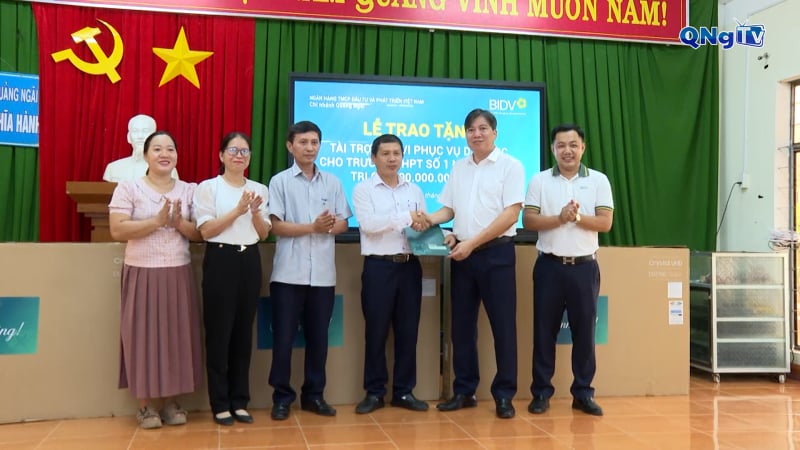
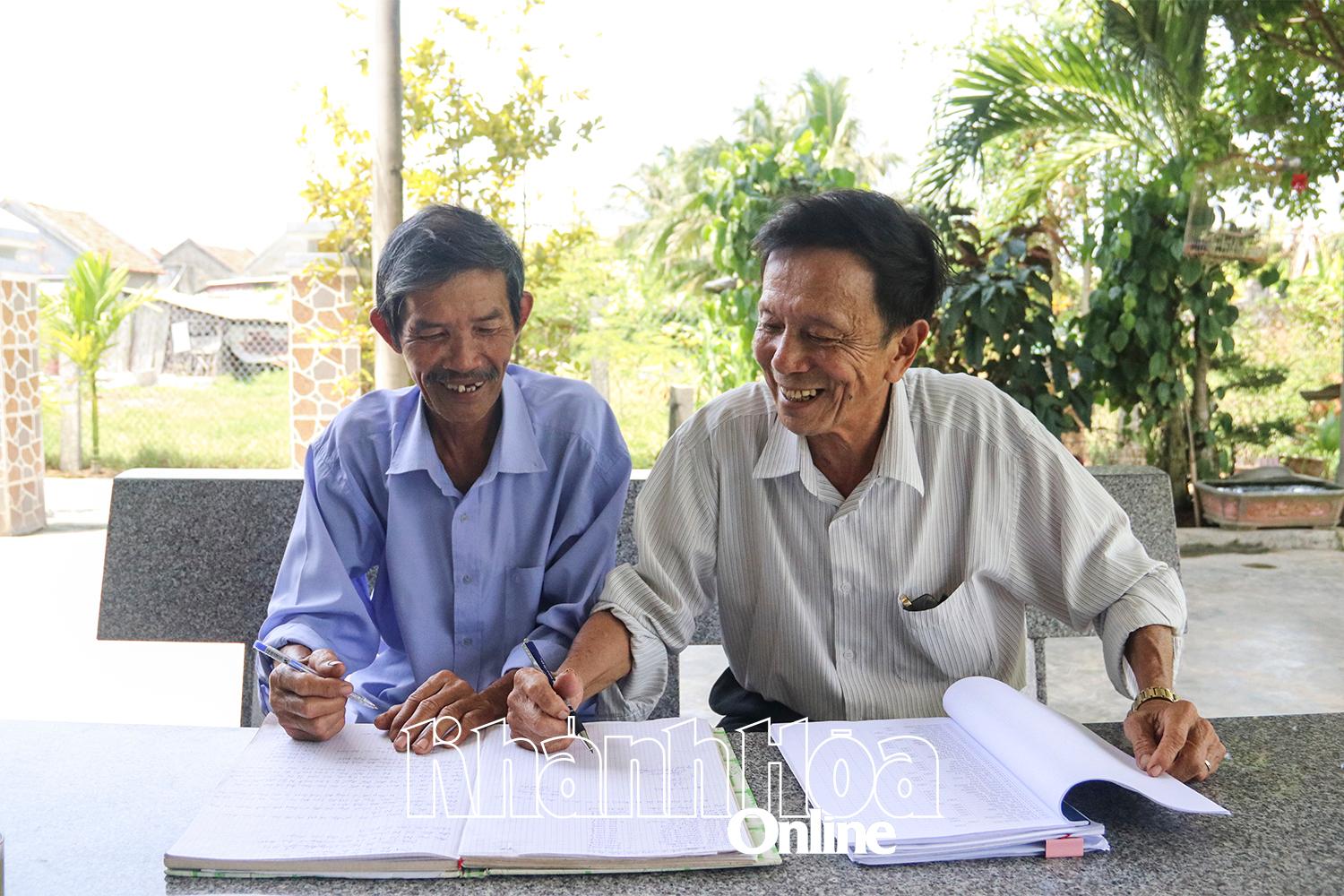

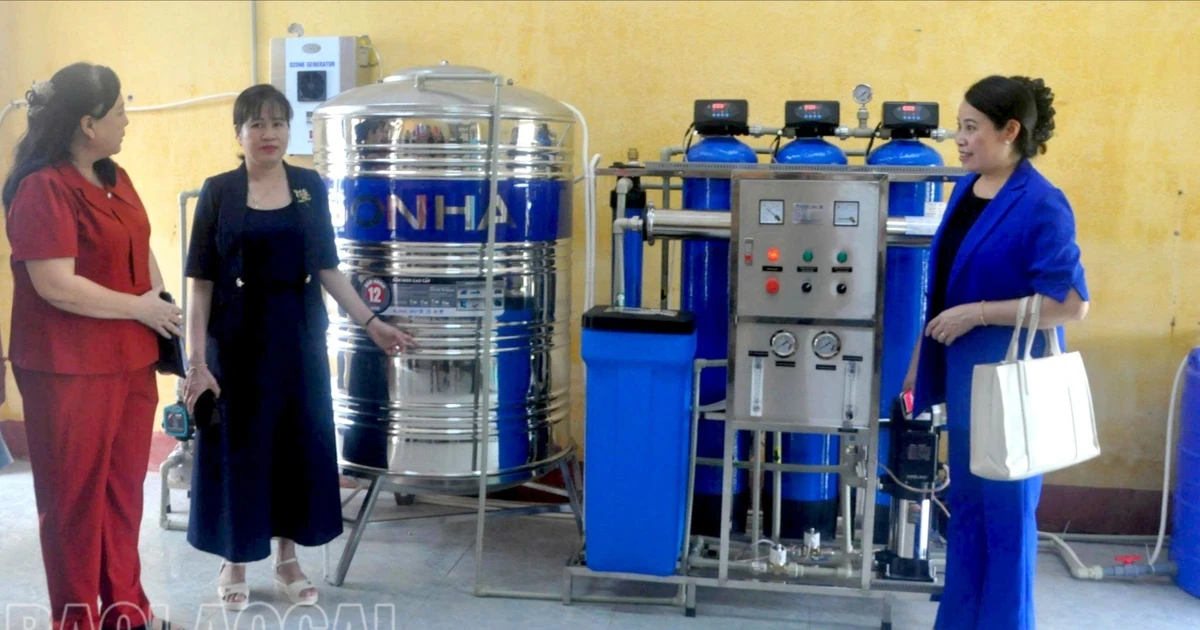
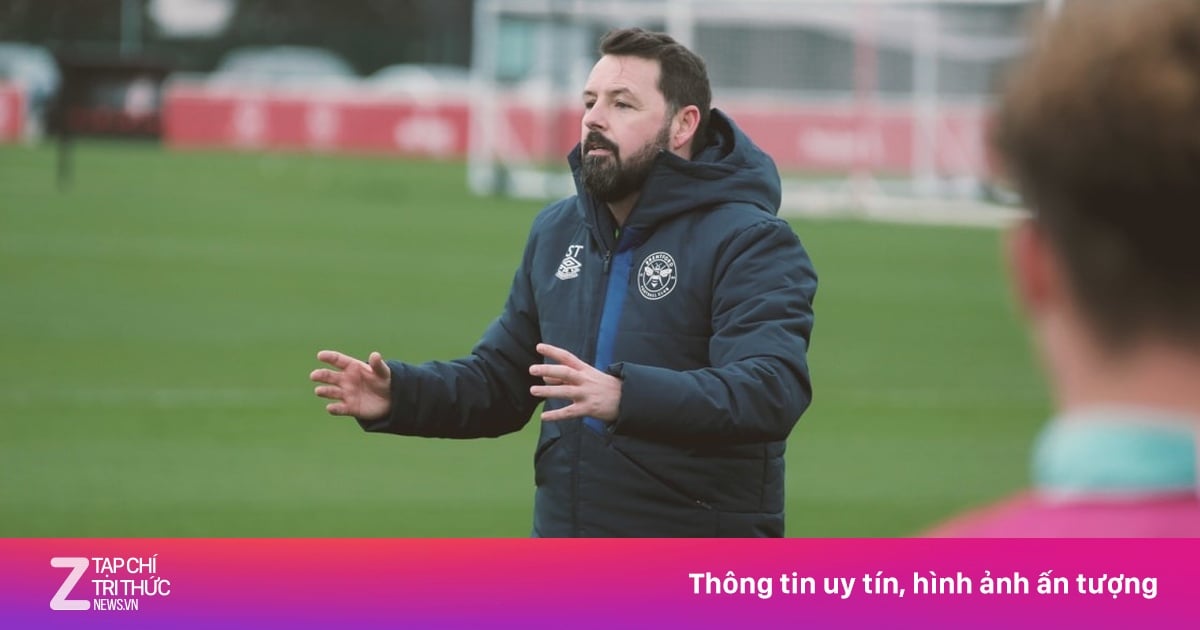
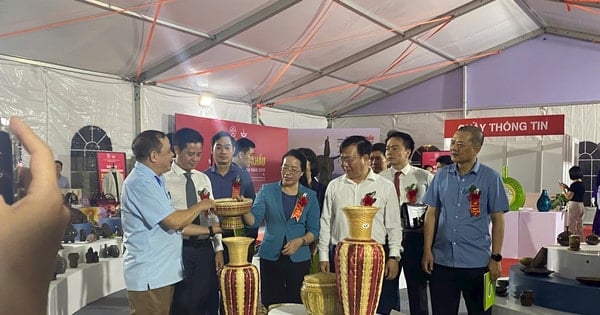



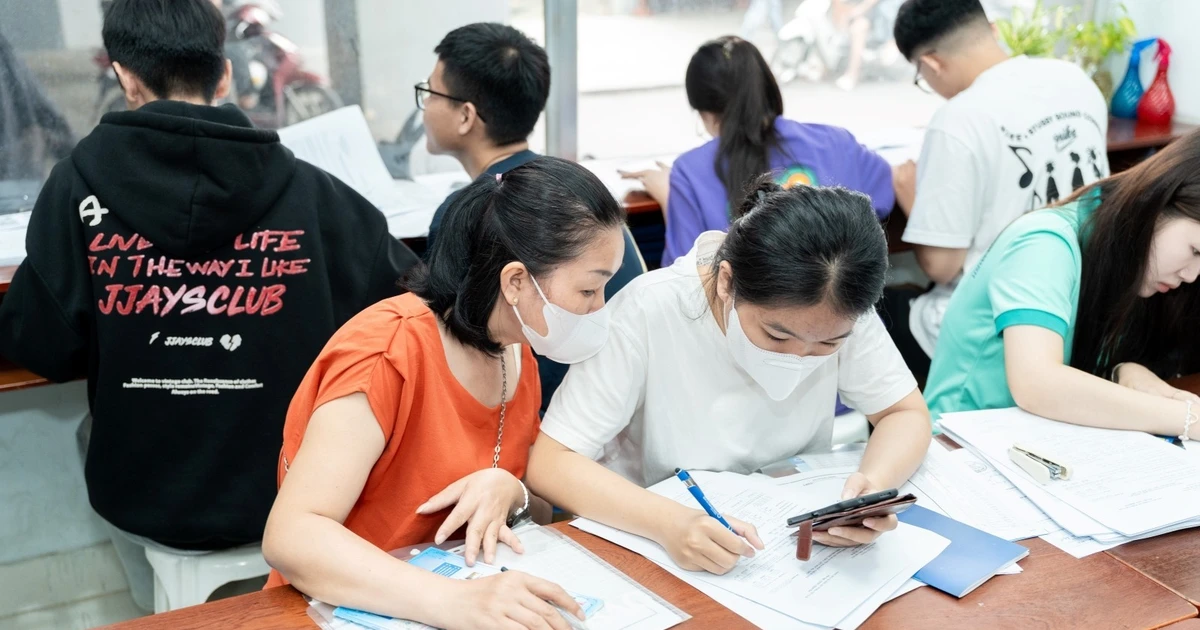
















![[Photo] An Phu intersection project connecting Ho Chi Minh City-Long Thanh-Dau Giay expressway behind schedule](https://vstatic.vietnam.vn/vietnam/resource/IMAGE/2025/8/21/1ad80e9dd8944150bb72e6c49ecc7e08)
































![[Photo] Politburo works with the Standing Committee of Hanoi Party Committee and Ho Chi Minh City Party Committee](https://vstatic.vietnam.vn/vietnam/resource/IMAGE/2025/8/21/4f3460337a6045e7847d50d38704355d)
































Comment (0)